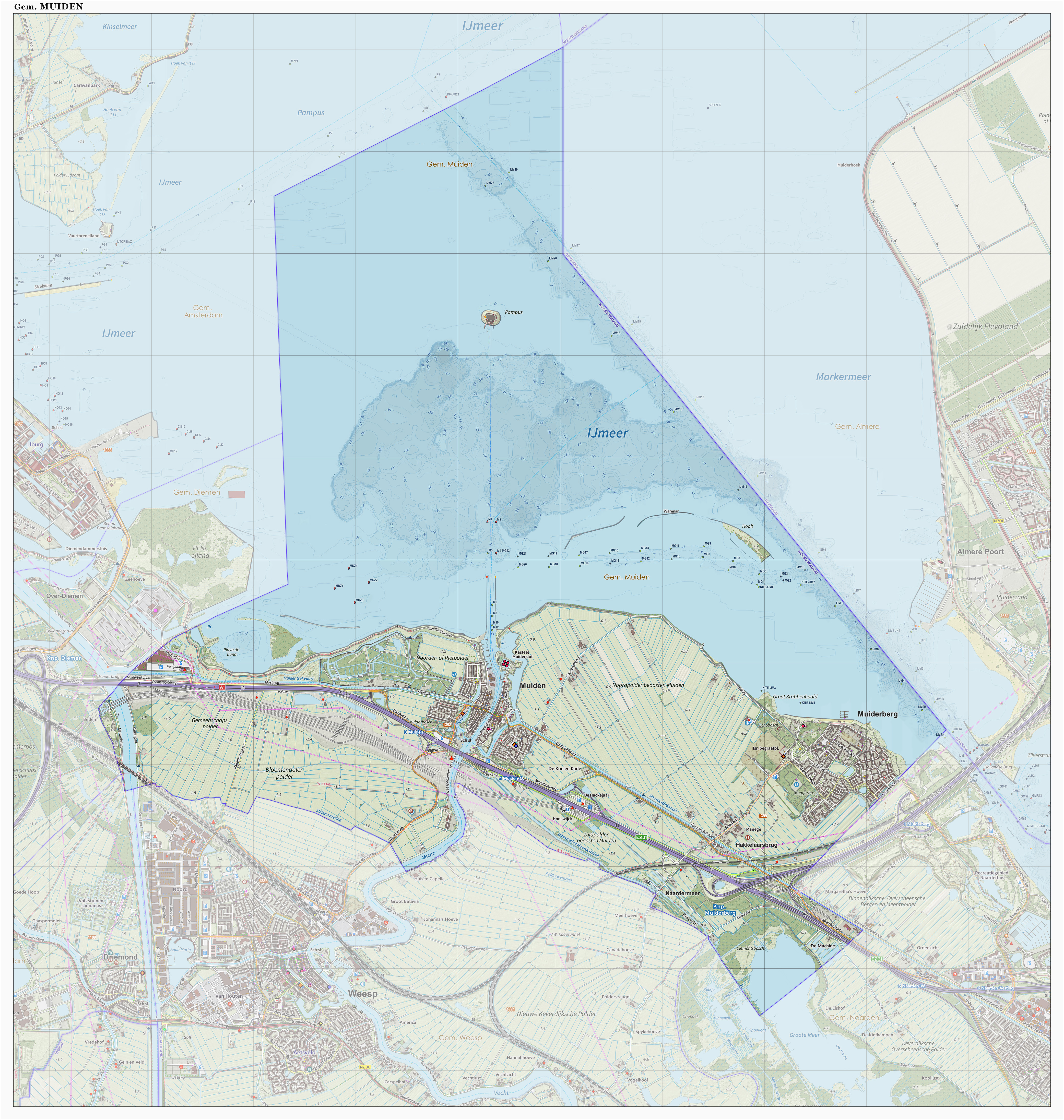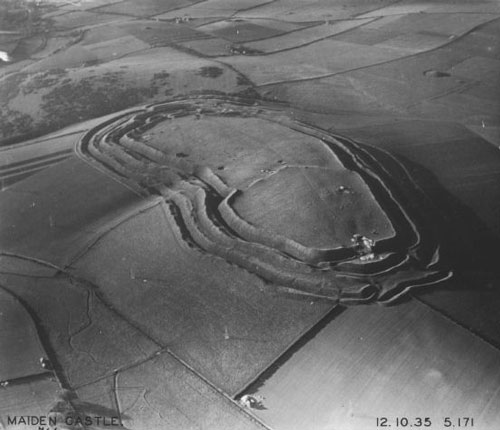|
Muiden Fortress
Mouse Fort (Dutch: ''Muizenfort'') is a Dutch fort in Muiden. The fort is part of the Stelling van Amsterdam, the UNESCO World Heritage site that consists of a set of forts around the city of Amsterdam Amsterdam ( , , , lit. ''The Dam on the River Amstel'') is the Capital of the Netherlands, capital and Municipalities of the Netherlands, most populous city of the Netherlands, with The Hague being the seat of government. It has a population .... The fort is made of masonry and covered with sand on the east side. The fort has nine casemates, of which the two artillery casemates with three embrasures each, are the most important. From here, the bridges, dike, and channel could be attacked. The Fort also has the crew quarters, the room for the guard, the kitchen, the room for officers, the rooms for storing food, gunpowder, and the guns. External links Official website Muiden Forts in the Netherlands Buildings and structures in Gooise Meren {{Netherlands-struc ... [...More Info...] [...Related Items...] OR: [Wikipedia] [Google] [Baidu] |
Fort
A fortification is a military construction or building designed for the defense of territories in warfare, and is also used to establish rule in a region during peacetime. The term is derived from Latin ''fortis'' ("strong") and ''facere'' ("to make"). From very early history to modern times, defensive walls have often been necessary for cities to survive in an ever-changing world of invasion and conquest. Some settlements in the Indus Valley civilization were the first small cities to be fortified. In ancient Greece, large stone walls had been built in Mycenaean Greece, such as the ancient site of Mycenae (famous for the huge stone blocks of its ' cyclopean' walls). A Greek '' phrourion'' was a fortified collection of buildings used as a military garrison, and is the equivalent of the Roman castellum or English fortress. These constructions mainly served the purpose of a watch tower, to guard certain roads, passes, and borders. Though smaller than a real fortress, the ... [...More Info...] [...Related Items...] OR: [Wikipedia] [Google] [Baidu] |
Muiden
Muiden () is a city and former municipality in the Netherlands, in the province of North Holland. It lies at the mouth of the Vecht and is in an area called the Vechtstreek. Since 2016, Muiden has been part of the new municipality of Gooise Meren. History The first known reference to Muiden is from 953 when Otto I, Holy Roman Emperor, granted the settlement and its toll rights to Cathedral of Saint Martin, Utrecht. It was called ''Amuda'', meaning "mouth of the (river) A". "A" was the old name for the Vecht river. In 1122 Muiden was, together with Utrecht, granted some city rights by Emperor Henry V. After the lands around Muiden were given to Count Floris V, he began building Muider Castle at the mouth of the Vecht river. Muiden once again received city rights in 1296. The first defensive works date from the first half of the 15th century. In 1590 the walls are replaced with earthen mounds with bastions after a design by Adriaen Anthonisz. Muiden was the northern end o ... [...More Info...] [...Related Items...] OR: [Wikipedia] [Google] [Baidu] |
Stelling Van Amsterdam
The UNESCO World Heritage Site known as the Defence Line of Amsterdam (in Dutch named ''Stelling van Amsterdam'', ) is a ring of fortifications around Amsterdam. It has 42 forts that are from the centre and lowlands, which can easily be flooded in time of war. The flooding was designed to give a depth of about , too little for boats to cross. Any buildings within of the line had to be made of wood so that they could be burnt and the obstruction removed. The Stelling van Amsterdam was constructed between 1880 and 1920. The invention of the aeroplane and tank made the forts obsolete almost as soon as they were finished. Many of the forts now are under the control of both the town councils and the nature department. They may be visited by the public, and admission is free on Monuments Day, the second Saturday in September. Function The Stelling van Amsterdam was primarily a defensive water line (Dutch: ''waterlinie''). In the event of an enemy attack, large tracts of land aroun ... [...More Info...] [...Related Items...] OR: [Wikipedia] [Google] [Baidu] |
Amsterdam
Amsterdam ( , , , lit. ''The Dam on the River Amstel'') is the Capital of the Netherlands, capital and Municipalities of the Netherlands, most populous city of the Netherlands, with The Hague being the seat of government. It has a population of 907,976 within the city proper, 1,558,755 in the City Region of Amsterdam, urban area and 2,480,394 in the Amsterdam metropolitan area, metropolitan area. Located in the Provinces of the Netherlands, Dutch province of North Holland, Amsterdam is colloquially referred to as the "Venice of the North", for its large number of canals, now designated a World Heritage Site, UNESCO World Heritage Site. Amsterdam was founded at the mouth of the Amstel River that was dammed to control flooding; the city's name derives from the Amstel dam. Originally a small fishing village in the late 12th century, Amsterdam became a major world port during the Dutch Golden Age of the 17th century, when the Netherlands was an economic powerhouse. Amsterdam is th ... [...More Info...] [...Related Items...] OR: [Wikipedia] [Google] [Baidu] |
Forts In The Netherlands
A fortification is a military construction or building designed for the defense of territories in warfare, and is also used to establish rule in a region during peacetime. The term is derived from Latin ''fortis'' ("strong") and ''facere'' ("to make"). From very early history to modern times, defensive walls have often been necessary for cities to survive in an ever-changing world of invasion and conquest. Some settlements in the Indus Valley civilization were the first small cities to be fortified. In ancient Greece, large stone walls had been built in Mycenaean Greece, such as the ancient site of Mycenae (famous for the huge stone blocks of its 'cyclopean' walls). A Greek '' phrourion'' was a fortified collection of buildings used as a military garrison, and is the equivalent of the Roman castellum or English fortress. These constructions mainly served the purpose of a watch tower, to guard certain roads, passes, and borders. Though smaller than a real fortress, they ac ... [...More Info...] [...Related Items...] OR: [Wikipedia] [Google] [Baidu] |



.jpg)
